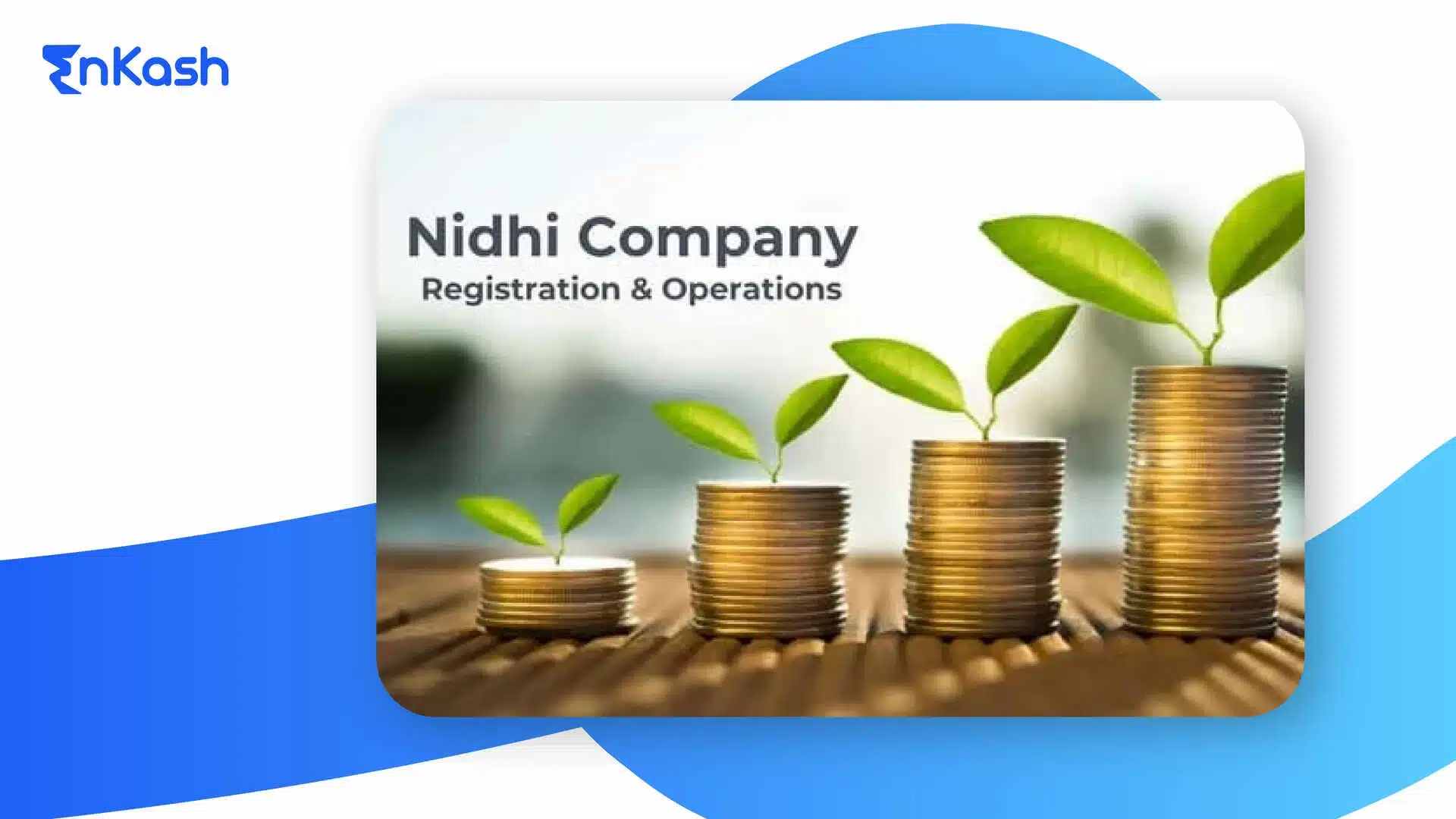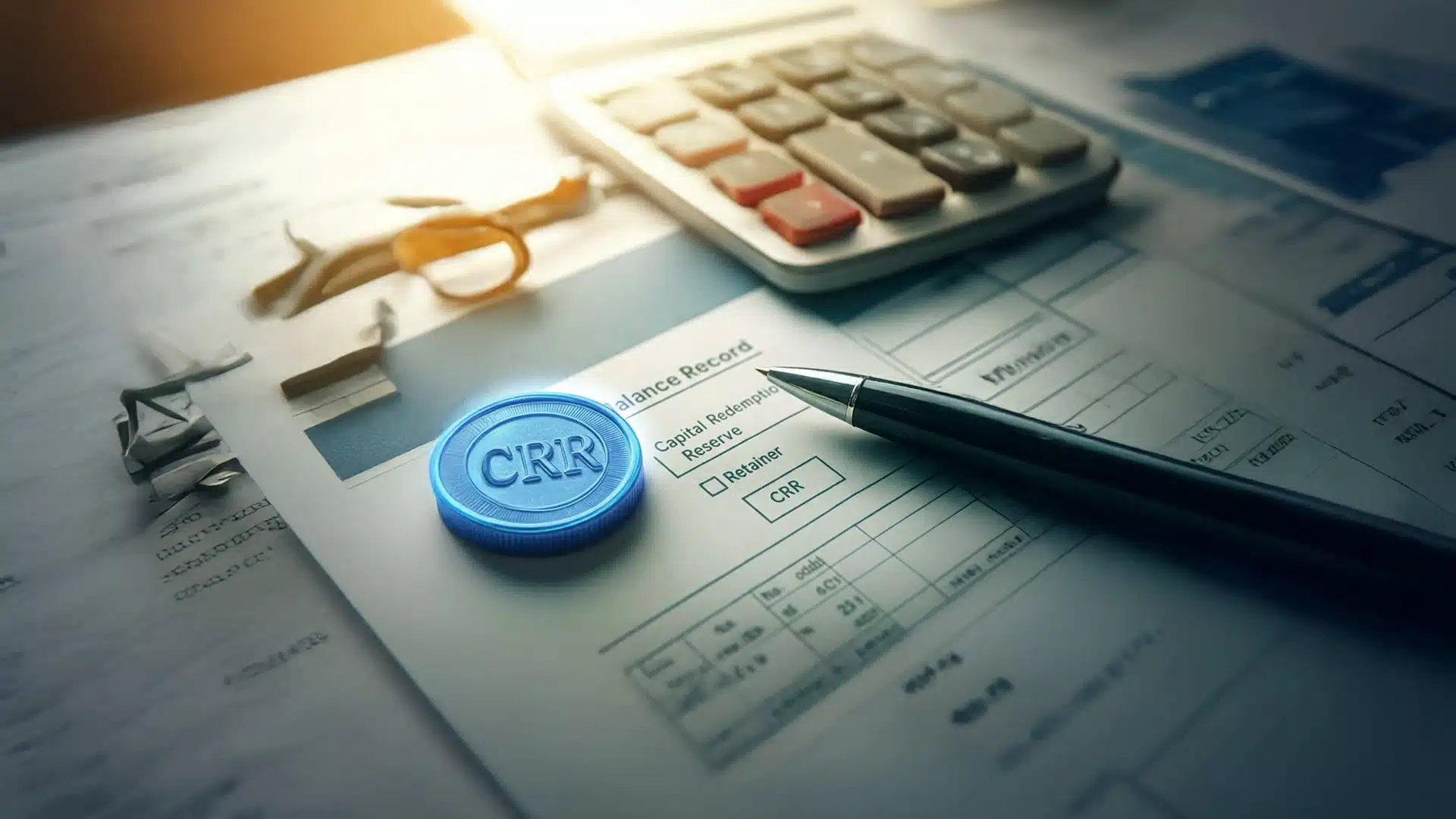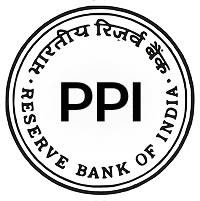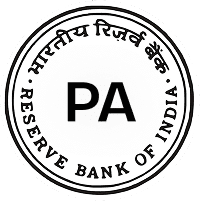What is GST?
GST refers to Goods and Services Tax. It is a destination-based indirect tax that replaces many central and state levies. It applies to the supply of goods and services in India and is collected where the final consumption happens. Businesses charge GST on their sales, claim input tax credit on eligible purchases, and pay the net difference to the government.
What is the GST Rate?
The GST Rate refers to the percentage of tax applied to the value of goods and/or services under the Goods and Services Tax (GST) framework in India.
When a product is sold or a service is provided, the GST rate determines how much tax the buyer pays and how much revenue the government collects from that transaction. This rate is applied to the transaction value, which typically includes:
- The base price of the goods or services
- Any additional charges related to supply (such as packaging, delivery, and installation, if applicable)
The GST rate is a critical component of the GST system, as it ensures that the tax burden is shared fairly between consumers and businesses, while also generating the necessary revenue for both the Central Government and State Governments.
GST Reforms in 2025: Rate Changes
On September 22, 2025, India implemented significant GST reforms (‘GST 2.0’). Changes were approved at the 56th GST Council meeting on September 3, 2025.
Comparison of old GST vs 2025 GST reforms
Aspect |
Old GST Structure |
GST 2025 Reforms (GST 2.0) |
|---|---|---|
Number of Slabs |
4 (5%, 12%, 18%, 28%) |
Two primary slabs (5%, 18%) plus a special 40% demerit slab |
Rate for Essential Goods |
5% or 12% |
5% |
Standard Rate for Most Goods & Services |
18% |
18% |
Luxury and Sin Goods |
28% (plus additional cess) |
40% (high-end cars, tobacco, aerated drinks) |
Tax Exemption on Healthcare & Education |
Partial exemptions |
Full exemptions on educational services & life-saving medicines |
Impact on Small Businesses |
Multiple slabs increased the compliance burden |
Simplified slabs reduce compliance and ease filing |
Consumer Impact |
Moderate relief on essentials, higher on luxury items |
Significant price reduction on essentials, slight increase on luxury items |
New GST Slabs in India
GST Slab |
Applicable Goods & Services |
|---|---|
0% |
Exempt items: fresh fruits, vegetables, unbranded staples, life-saving medicines, life insurance premiums, public transport services, educational services, and certain healthcare services. |
5% |
Essential goods: soaps, packaged foods, bicycles, agricultural equipment, and select consumer goods. |
18% |
Standard rate: most consumer products and services, including mobile phones, air conditioners, refrigerators, televisions, small cars, consumer durables, small motorcycles, and most electronic components. |
40% |
Luxury and sin goods: aerated drinks, luxury cars, tobacco products, and other specified items. |
Read more: Types of GST
New GST Rate List
Items Now Taxed at 0% GST (Effective from September 22, 2025)
Item Category |
Previous GST Rate |
New GST Rate |
|---|---|---|
Ultra High Temperature (UHT) Milk |
5% |
0% |
Pre-packaged & labelled Paneer |
5% |
0% |
Roti, Paratha, Parotta, Khakhra |
5% |
0% |
Pizza Bread |
5% |
0% |
Exercise Books, Notebooks |
5% or 12% |
0% |
Erasers, Pencils, Sharpeners |
5% or 12% |
0% |
Crayons, Pastels |
5% or 12% |
0% |
Maps, Charts, Globes |
12% |
0% |
33 Life-saving Drugs (including cancer drugs) |
12% |
0% |
Specialized Medicines (e.g., Asciminib, Mepolizumab) |
5% |
0% |
Individual Life & Health Insurance Policies |
18% |
0% |
Many essential items, including food products, stationery, and healthcare items, have been moved to the 0% GST category, making them more affordable for consumers.
Items Now Taxed at 5% GST (Effective from September 22, 2025)
Item Category |
Previous GST Rate |
New GST Rate |
|---|---|---|
Condensed Milk |
12%–18% |
5% |
Butter, Ghee, Cheese, Dairy Spreads |
12%–18% |
5% |
Namkeen, Biscuits, Pasta, Cereals |
12%–18% |
5% |
Jams, Sauces, Pickles, Soups |
12%–18% |
5% |
Dry Fruits & Nuts |
12%–18% |
5% |
Almonds, Cashews, Raisins |
12%–18% |
5% |
Hair Oil, Shampoo, Soap, Toothpaste |
18% |
5% |
Utensils, Bicycles, Kitchenware |
12%–18% |
5% |
Apparel priced up to ₹2,500 |
12% |
5% |
Footwear priced up to ₹2,500 |
12% |
5% |
Fruit Juices, Packaged Coconut Water |
12%–18% |
5% |
Umbrellas |
12% |
5% |
Items Now Taxed at 18% GST (Effective from September 22, 2025)
Item Category |
Examples |
Previous GST Rate |
New GST Rate (2025) |
|---|---|---|---|
Electronics & Appliances |
TVs, ACs, Refrigerators, Washing machines |
28% |
18% |
Automobiles (medium & small) |
Small cars (petrol <1200cc, diesel <1500cc), motorcycles >350cc, auto parts |
28% |
18% |
Consumer Durables |
Kitchen appliances, home furniture, and small gadgets |
28% |
18% |
Non-Essential Beverages |
Packaged fruit juices, non-alcoholic drinks (excluding aerated drinks) |
18% |
18% |
Business & Professional Services |
Legal services, consultancy fees, IT & software services |
18% |
18% |
Restaurants & Food Services |
Restaurants, takeaway services (excluding essential food) |
12%-18% |
18% |
Cosmetics & Personal Care |
Perfumes, make-up products, luxury soaps, and shampoos above the basic range |
28% |
18% |
Hotels & Accommodation |
Hotels with room tariff ₹1,000–₹7,500 per day |
12%-18% |
18% |
Items Now Taxed at 40% GST (Effective from September 22, 2025)
Item Category |
Examples |
Previous GST Rate |
New GST Rate (2025) |
|---|---|---|---|
Tobacco Products |
Pan masala, gutkha, chewing tobacco, cigarettes, cigars |
28% + cess up to 22% (total ~50%) |
40% |
Sugary & Carbonated Beverages |
Carbonated drinks, sugary cold drinks, energy drinks |
28% + cess up to 15% (total ~43%) |
40% |
Luxury Automobiles & Motorcycles |
Petrol cars >1200cc, diesel cars >1500cc, motorcycles >350cc |
28% + cess up to 15% (total ~43%) |
40% |
Luxury Goods |
Super luxury yachts, private jets, and personal helicopters |
28% + cess up to 22% (total ~50%) |
40% |
Entertainment & Gambling |
IPL match tickets, gambling services, online gaming, and fantasy sports |
28% + cess up to 22% (total ~50%) |
40% |
List of Items replaced from 12% to 5% GST
Item Category |
Examples |
Previous GST Rate |
New GST Rate (2025) |
|---|---|---|---|
Packaged Food & Snacks |
Namkeen, biscuits, pasta, cereals |
12% |
5% |
Dairy Products |
Condensed milk, butter, ghee, cheese, dairy spreads |
12% |
5% |
Dry Fruits & Nuts |
Almonds, cashews, raisins |
12% |
5% |
Personal Care & Household Items |
Utensils, bicycles, kitchenware |
12% |
5% |
Apparel & Footwear (≤₹2,500) |
Clothes & shoes priced up to ₹2,500 |
12% |
5% |
Stationery Products |
Notebooks, exercise books, pens, pencils, erasers, crayons |
12% |
5% |
Beverages |
Packaged fruit juices, packaged coconut water |
12% |
5% |
Miscellaneous |
Umbrellas |
12% |
5% |
List of Items Replaced from 28% to 18%
Item Category |
Examples |
Previous GST Rate |
New GST Rate (2025) |
|---|---|---|---|
Automobiles (Small & Medium) |
Small cars (petrol <1200cc, diesel <1500cc), motorcycles ≤350cc |
28% |
18% |
Automobile Parts & Accessories |
Engine parts, gearboxes, tires, batteries |
28% |
18% |
Consumer Durables |
Refrigerators, washing machines, ACs, televisions |
28% |
18% |
Construction Materials |
Portland cement, ready-mix concrete |
28% |
18% |
Luxury Furniture & Fixtures |
Sofas, beds, wardrobes, and kitchen furniture |
28% |
18% |
Cosmetics & Personal Care |
Perfumes, luxury soaps, makeup products, shampoos above the basic range |
28% |
18% |
Commercial Vehicles |
Buses, trucks, three-wheelers, ambulances |
28% |
18% |
List of Old Items Taxed At 3% GST
As of the latest GST reforms effective from September 22, 2025, India has streamlined its Goods and Services Tax (GST) structure to two primary slabs: 5% and 18%, with a special 40% rate for luxury and sin goods. Consequently, the 3% GST rate previously applicable to certain goods has been eliminated. Items that were under the 3% GST rate now fall into the 5% category.
Transition from 3% to 5% GST Rate
The following items, previously taxed at 3%, have been moved to the 5% GST rate under the new structure:
Item Category |
Examples |
|---|---|
Making Charges Precious Metals & Stones |
Making charges for Gold, silver, platinum, diamonds, precious, and semi-precious stones |
Jewellery & Related Items |
Imitation jewellery, items made of or coated with precious metals |
Natural and Cultured Pearls |
Pearls, whether or not worked or graded, but not strung, mounted, or set |
Waste or Scrap of Precious Metals |
Waste or scrap of precious metals or metals coated with precious metals |
These items now attract a 5% GST rate, aligning with the revised tax structure.
Read more: Search GST number
HSN and SAC Codes in GST Rate Classification
Part of GST registration is the implementation of the Harmonized System of Nomenclature (HSN) and Service Accounting Codes (SAC) for goods and services classification. Let’s see how such systems function in the GST regime.
HSN Code System for Goods
The HSN system, developed by the World Customs Organization, identifies traded commodities in a structured manner that assists international trade. HSN codes are composed of six or eight digits and each level provides more precise item identification. For instance, the HSN code of rice “1006” indicates that it is in the cereal category. Here is the format of the HSN code system.
- Starting Two Digits: Mentions the chapter number (general category).
- Next Two Digits: Mentions the heading (subcategory).
- Following Two Digits: Mentions the subheading (more specific classification).
For instance, the HSN code for rice is “1006,” where:
- 10 refers to the chapter on cereals.
- 06 is specific to rice.
HSN codes, when properly used, can result in accurate taxation and organized customs documentation and avoid classification disputes.
SAC Code System for Services
India’s CBEC’s SAC system operates the same way for services and separates them into different service segments like legal services, telecommunications, and transportation. Every SAC code helps to identify the specific service type and GST rate for it.
Read more: GST payment
How HSN and SAC Codes Help Determine the Appropriate GST Rate Slab
- Standardized Classification
HSN and SAC codes provide a standardized method to classify goods and services. This ensures uniformity across businesses and prevents ambiguity in applying GST rates. - Accurate GST Rate Identification
Each HSN/SAC code is mapped to a specific GST rate as per the latest government notifications. For instance, essential food items (HSN 0401–0406) may attract 5% GST, while luxury cars (HSN 8703) attract 40%. - Simplified Compliance
Using HSN/SAC codes in invoices, GST returns, and filing ensures proper reporting, reducing the risk of errors and penalties. Businesses can automate tax calculations by linking HSN/SAC codes to GST rates in accounting software. - Transparency for Consumers
Displaying HSN/SAC codes on bills allows buyers to verify the GST charged, increasing trust and transparency in transactions.
Benefits of Using HSN and SAC Codes
- Regulatory Compliance: Avoids legal issues with tax authorities.
- Ease of Filing: Simplifies GST return preparation with automated tax calculations.
- Audit Readiness: Helps during audits by providing clear classification of goods and services.
- International Trade Alignment: HSN codes align with global standards, making import/export taxation easier.
Read more: GST Registration Requirements
List of Changes in GST Rates on Different HSN Codes
HSN Code |
Item Description |
Old GST Rate |
New GST Rate (Effective 22 Sept 2025) |
|---|---|---|---|
0401–0406 |
Dairy products (e.g., milk, butter, cheese) |
12% |
5% |
0701–0714 |
Vegetables (fresh or chilled) |
12% |
5% |
0801–0813 |
Fruits (fresh or dried) |
12% |
5% |
0901–0910 |
Tea, coffee, spices |
12% |
5% |
1101–1108 |
Cereals and flour products |
12% |
5% |
1801–1806 |
Cocoa and chocolate products |
12% |
5% |
1901–1905 |
Bakery products, biscuits, cakes |
12% |
5% |
2001–2009 |
Fruit and vegetable juices |
12% |
5% |
2201–2209 |
Beverages (non-alcoholic) |
12% |
5% |
2301–2309 |
Animal feed, oil cakes |
12% |
5% |
2710 |
Petroleum oils and oils obtained from bituminous minerals |
18% |
18% |
3001–3006 |
Pharmaceutical products |
12% |
5% |
3301–3307 |
Beauty and cosmetic preparations |
18% |
18% |
3401–3407 |
Soap, washing preparations |
18% |
18% |
3923 |
Articles for the conveyance or packing of goods |
18% |
18% |
4011 |
New pneumatic tyres of rubber |
18% |
18% |
8701–8705 |
Motor vehicles and parts |
28% |
18% |
8706 |
Chassis fitted with engines |
28% |
18% |
8707 |
Bodies (including cabs) for motor vehicles |
28% |
18% |
8708 |
Parts and accessories of motor vehicles |
28% |
18% |
9401–9403 |
Furniture and parts |
28% |
18% |
9503 |
Tricycles, scooters, pedal cars |
28% |
18% |
9603 |
Brooms, brushes, mops |
18% |
18% |
9606 |
Buttons, press-fasteners, snap-fasteners |
18% |
18% |
9608 |
Ballpoint pens, felt-tipped pens |
18% |
18% |
Key Takeaways and GST Rate Revisions from 56th GST Council Meetings
The 56th Goods and Services Tax (GST) Council meeting, held on September 3, 2025, introduced significant reforms aimed at simplifying the tax structure and providing relief to both consumers and businesses. These changes, effective from September 22, 2025, mark a transformative step in India’s indirect tax regime.
Simplified Two-Tier Tax Structure
The Council streamlined the existing four-tier GST system into a simplified two-tier structure:
- 5% GST Rate: Applicable to essential goods and services, including food items, household products, and certain healthcare services.
- 18% GST Rate: Standard rate for most other goods and services.
A special 40% GST rate remains for luxury and sin goods, such as high-end automobiles and tobacco products, to maintain revenue neutrality.
Sector-Specific Reforms
- Healthcare: Life-saving drugs and medical devices are now taxed at 0–5%, providing significant relief to patients and healthcare providers.
- Insurance: Individual health and life insurance premiums are exempt from GST, reducing the cost of insurance for policyholders in India.
- Automotive: GST on mid-size and large cars has been increased to 40%, aligning with the government’s strategy to discourage luxury consumption and promote environmental sustainability
Also Read: How to search GST Number
Conclusion
The 56th GST Council meeting (September 2025) introduced major reforms simplifying India’s GST structure by consolidating multiple slabs into 5%, 18%, and a special 40% rate for luxury and sin goods. Essential items like dairy products, cereals, vegetables, and packaged foods moved to 5% GST, reducing the tax burden on consumers, while semi-luxury goods such as furniture, consumer durables, and automobiles shifted from 28% to 18%, making them more affordable.
Luxury and sin products, including high-end cars, pan masala, and sugary beverages, are now taxed at 40%, ensuring revenue neutrality. Accurate application of HSN and SAC codes helps businesses comply efficiently, while these changes collectively aim to stimulate consumption, enhance transparency, and simplify compliance, marking a transformative step in India’s indirect tax system.
FAQs
1. What are the GST rates on Gold?
In India, gold is subject to a 3% Goods and Services Tax (GST) on its value, and an additional 5% GST is applied to the making charges for gold jewelry.
2. What is the GST rate on Mobile Phones?
The current GST rate on mobile phones in India is 18%.
3. What are the new GST Rates on Cars?
The GST rates on cars in India (after the 2025 reform) are generally 18% for small cars and related vehicles that previously were taxed at 28%, and 40% on luxury and large vehicles.
- Small cars (e.g., petrol ≤ 1,200 cc / diesel ≤ 1,500 cc, length ≤ 4 m) → 18% GST (down from 28% + cess) .
- Luxury / big cars / SUVs → 40% GST (replacing the earlier 28% + substantial cess)
4. What are the GST Rates on Bikes?
Here are the revised GST rates for bikes / two-wheelers (post 56th GST Council reforms, effective September 22, 2025):
- Bikes/motorcycles up to 350 cc: 18% GST (down from 28%)
- Bikes/motorcycles above 350 cc: 40% GST (up from 28% + cess)
Electric bikes / two-wheelers: 5% GST (unchanged)
5. What is the GST rate on jewellery?
As of the latest GST reforms, gold, silver, diamond, and platinum jewellery are taxed at 3%, while making charges on gold jewellery attract an additional 5% GST. Unfinished precious stones, such as rough or polished diamonds not set in jewellery, are taxed at 0.25%, and jewellery packaging, like boxes, carries 5% GST. These rates apply uniformly under the current HSN classification, ensuring compliance and transparency for both consumers and businesses.
6. What is the GST rate for hotels and restaurants in 2025?
Hotels GST Rates (2025 Reforms)
- Room tariff up to ₹1,000/day: Exempt from GST
- Room tariff ₹1,001 – ₹7,500/day: 12% GST
- Room tariff above ₹7,500/day (Luxury hotels): 18% GST
- Restaurants GST Rates (2025 Reforms)
Non-AC restaurants & takeaway orders: 5% GST
AC restaurants & fine-dining services: 18% GST
Purpose of Tiered Structure
- Balances consumer affordability
- Ensures adequate government revenue
7. Are there any GST exemptions for startups or MSMEs?
Yes, startups and Micro, Small, and Medium Enterprises (MSMEs) can benefit from GST exemptions and simplified compliance measures.
Businesses with an annual turnover up to ₹40 lakh (₹20 lakh for special category states) are exempt from GST registration, meaning they do not need to charge GST on their sales.
Additionally, MSMEs can opt for the Composition Scheme, paying a fixed percentage of turnover as GST (1% for manufacturers, 5% for restaurants, 6% for service providers under composition with 3% CGST + 3% SGST) as per the scheme, instead of the regular rates, which simplifies compliance and reduces tax liability. These provisions are aimed at reducing financial and administrative burden on small businesses while encouraging formalization
8. What are the current GST rates in India?
As of September 2025, India has four main GST slabs: 0% for essentials, 5% for common goods like packaged foods and soaps, 18% for standard items and services, and 40% for luxury and sin goods like high-end cars and pan masala, aiming to simplify taxation and reduce the burden on consumers.








